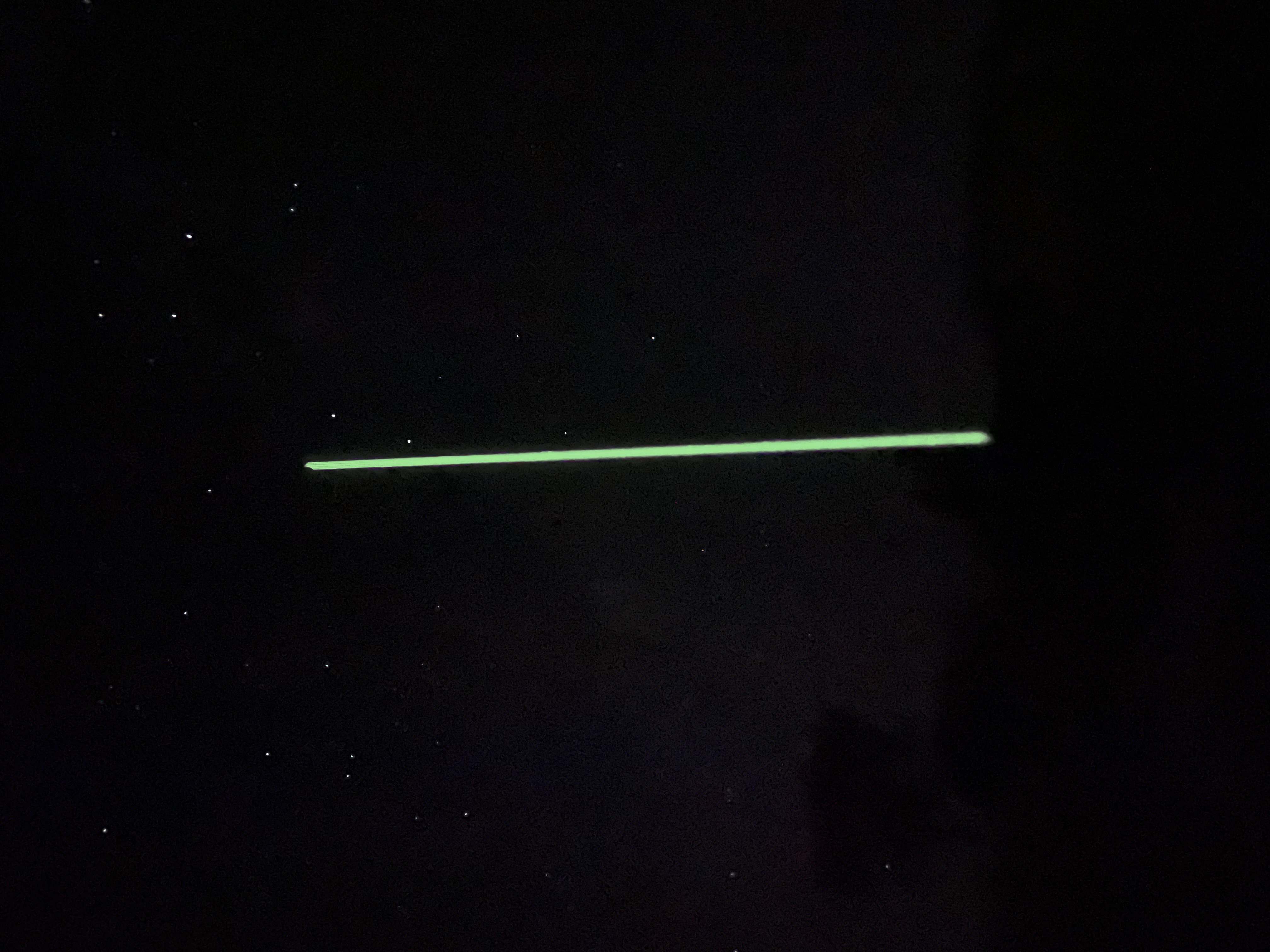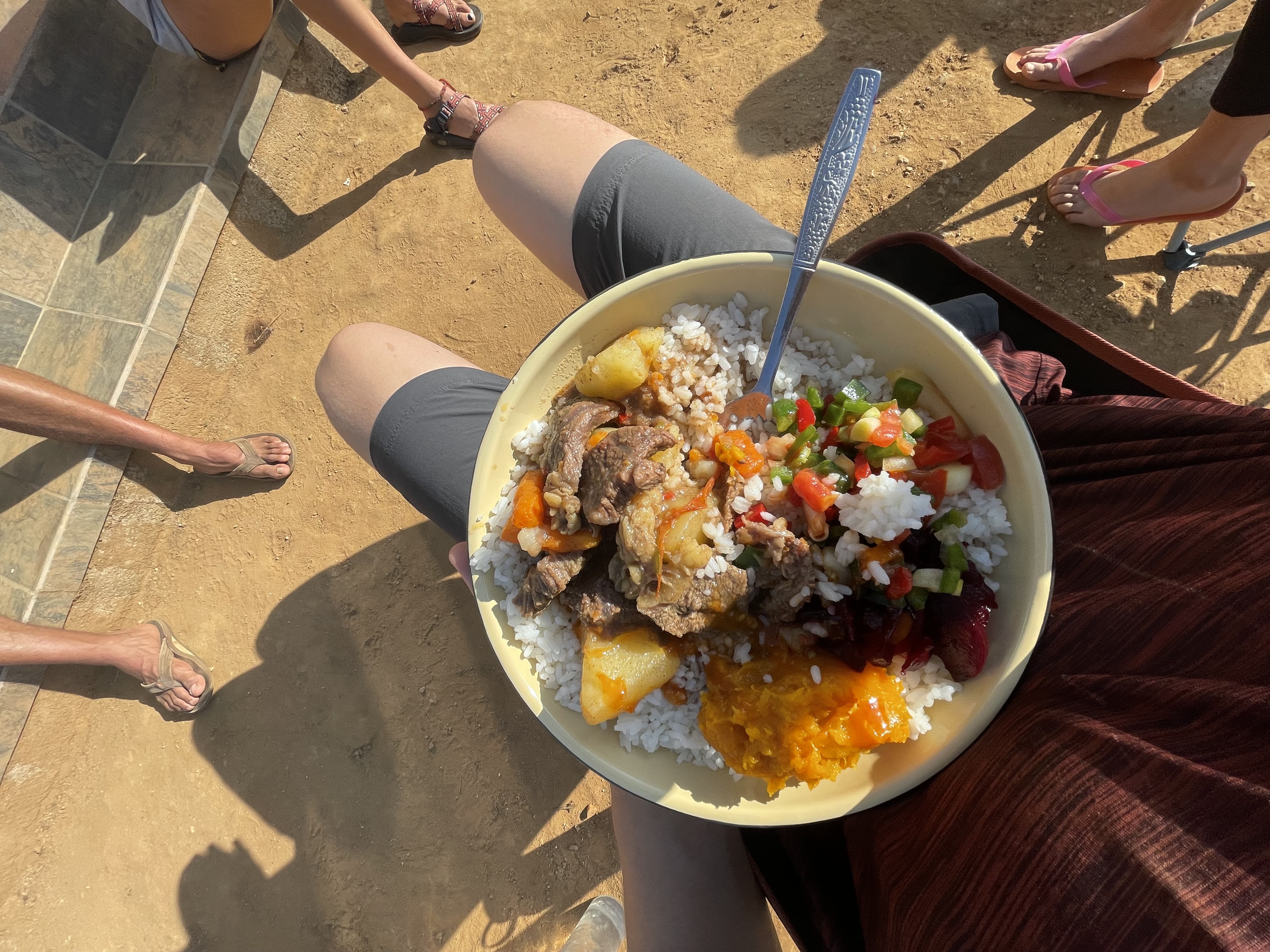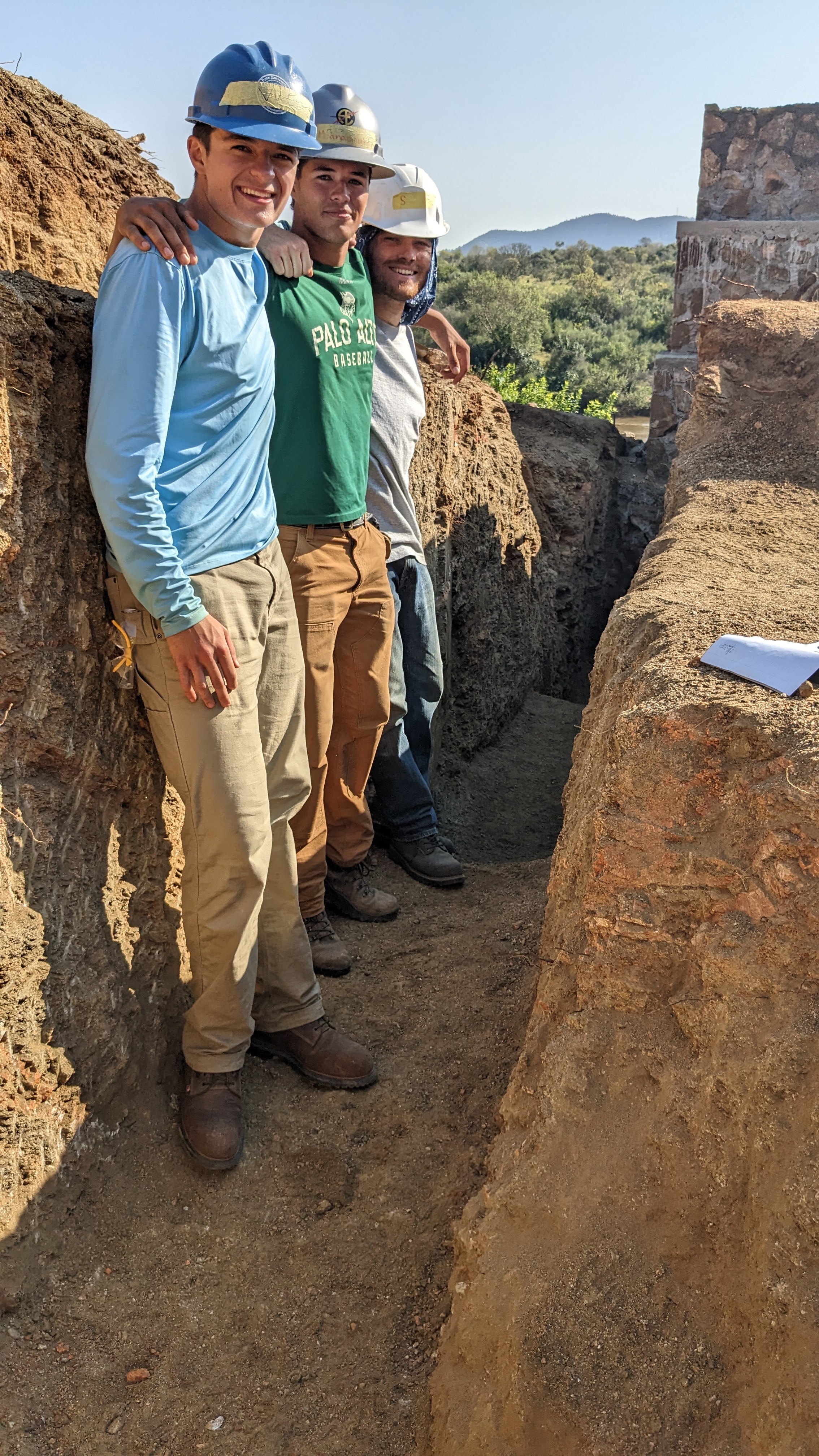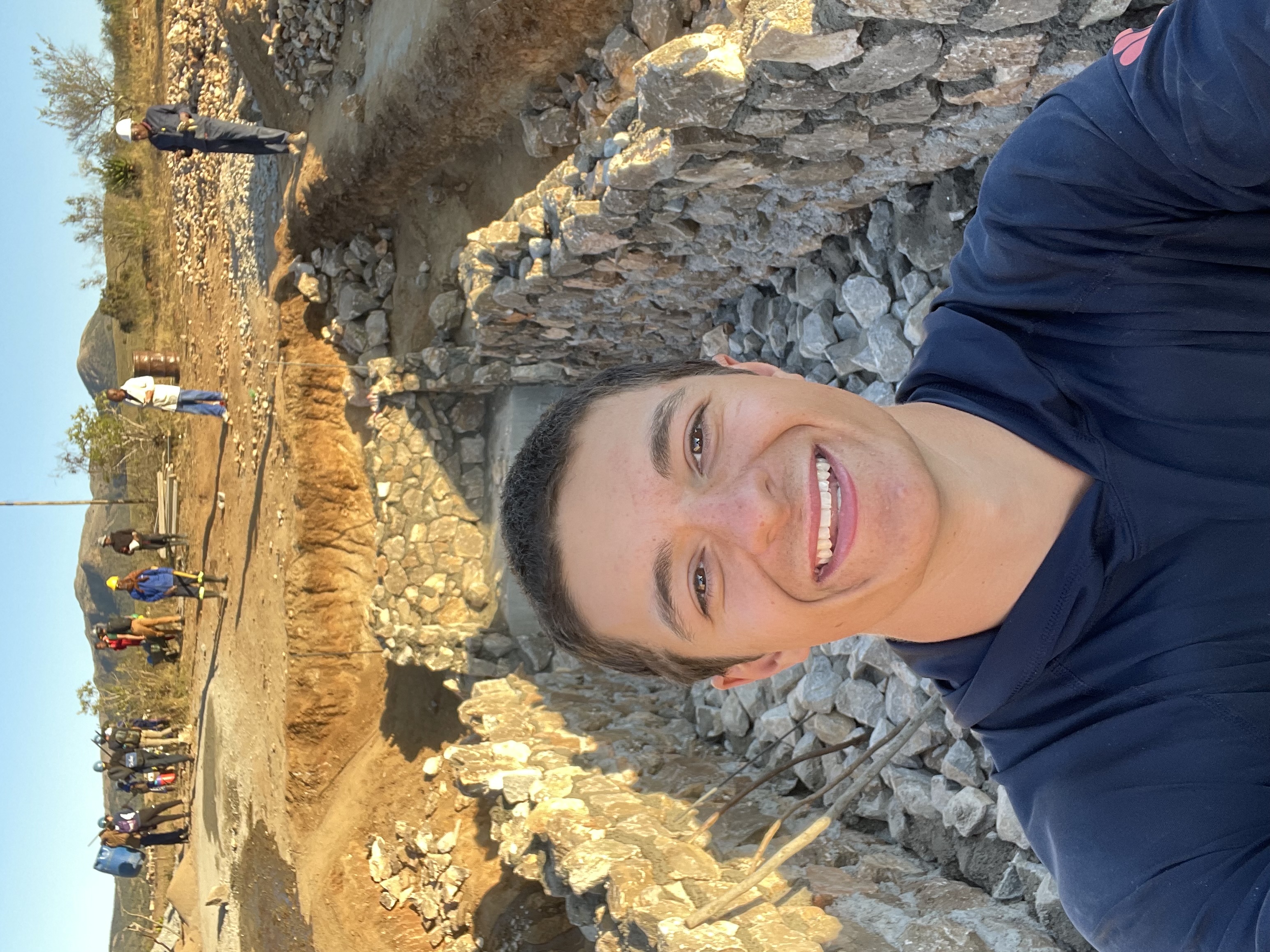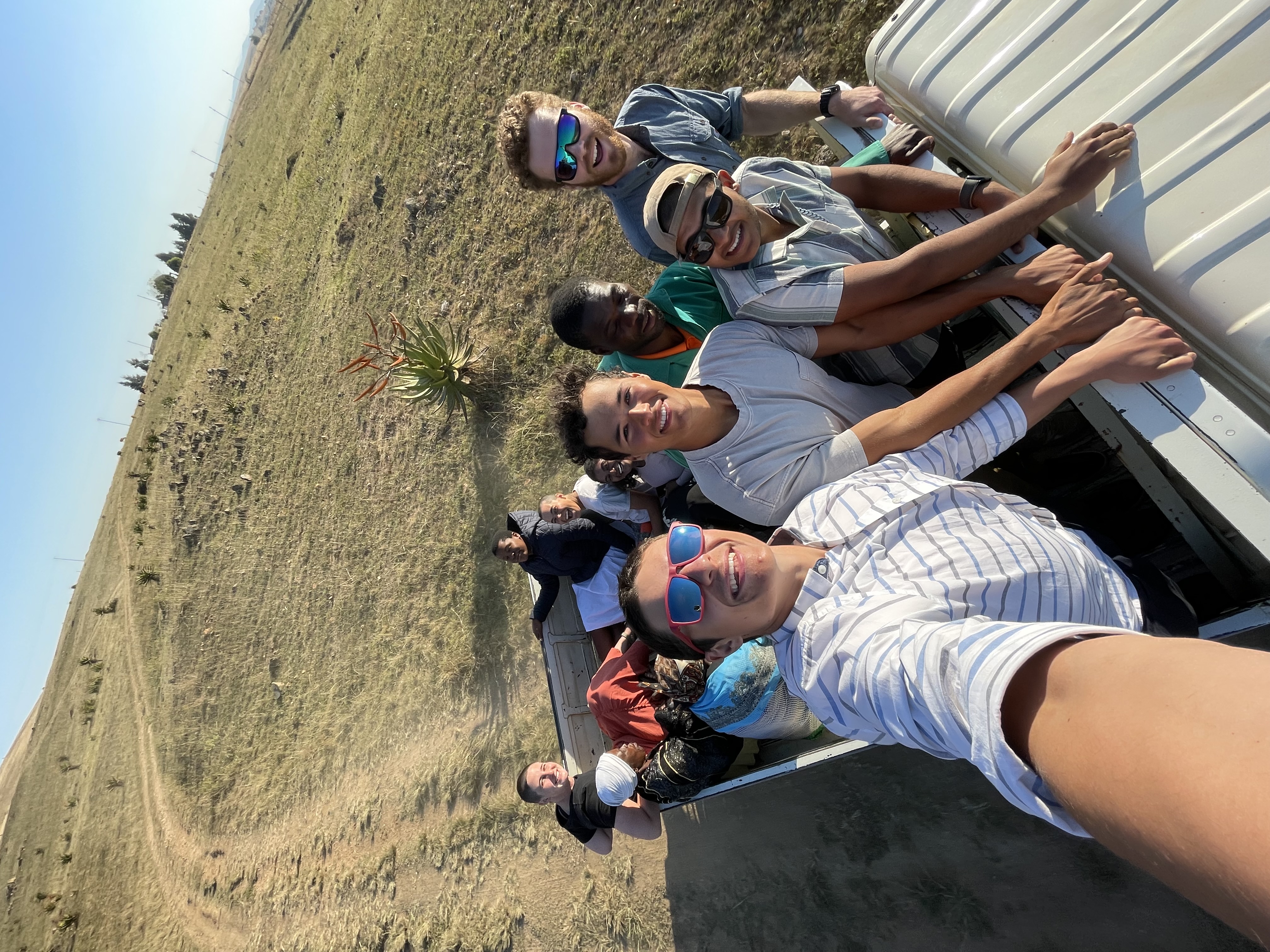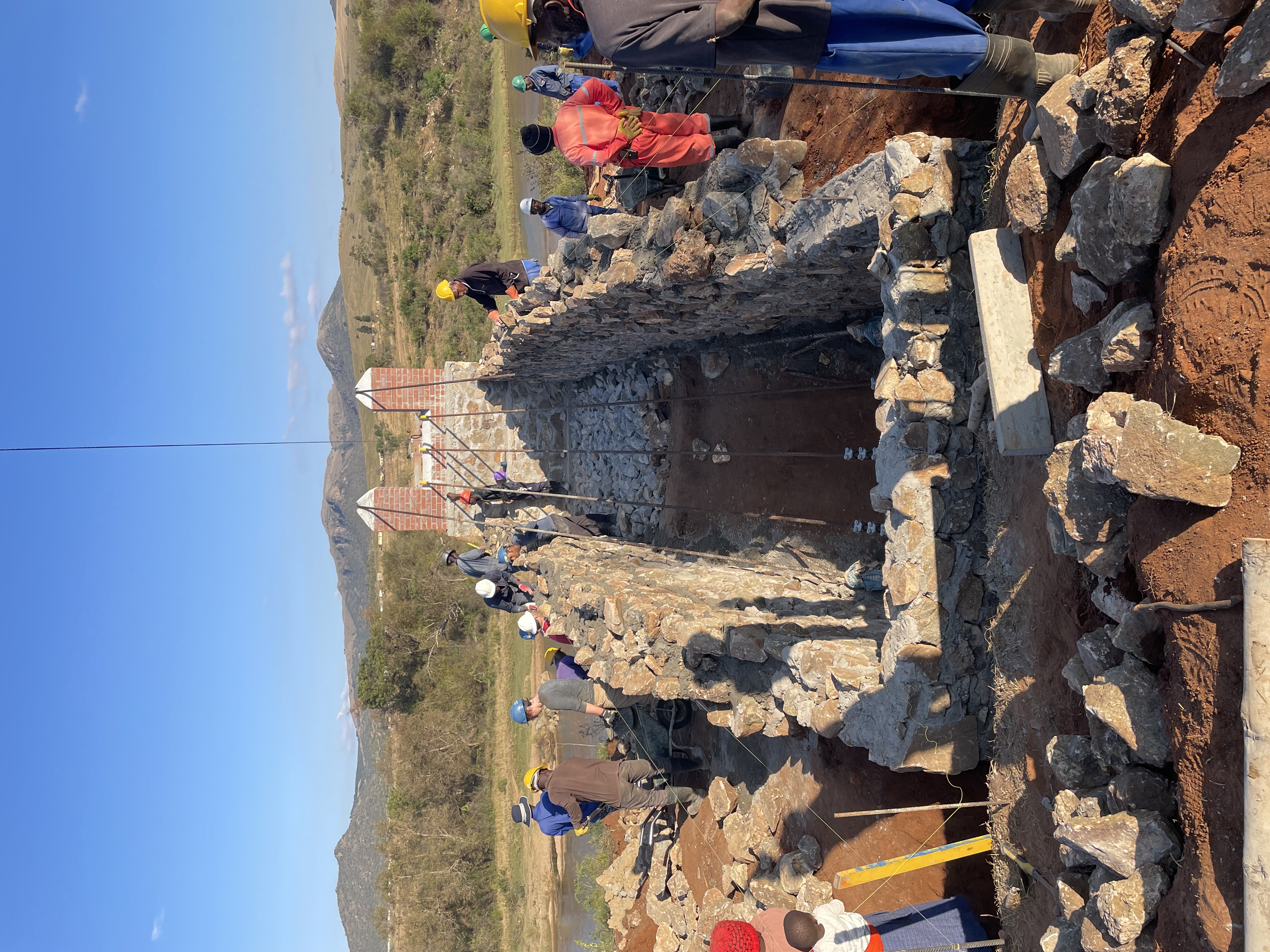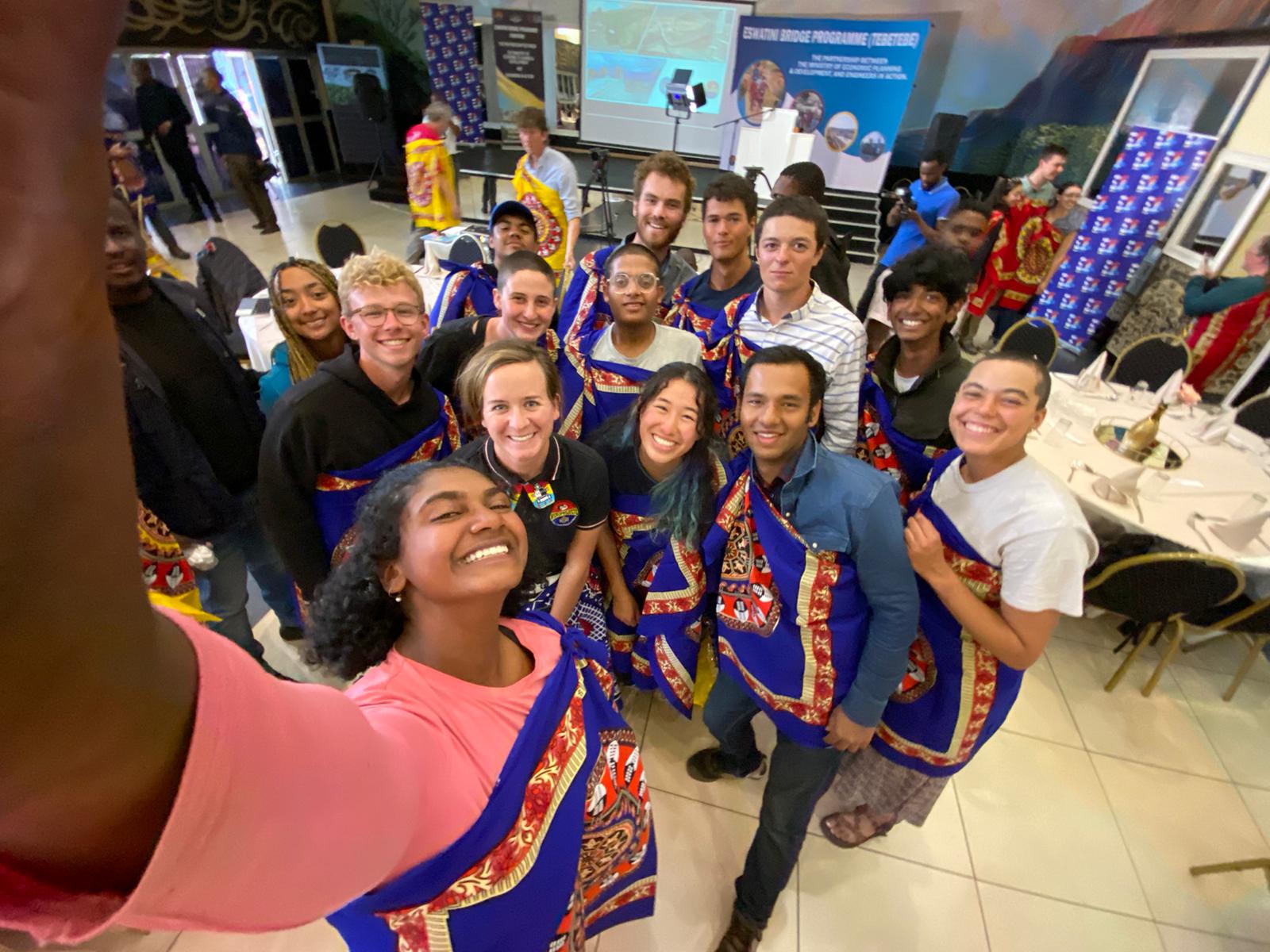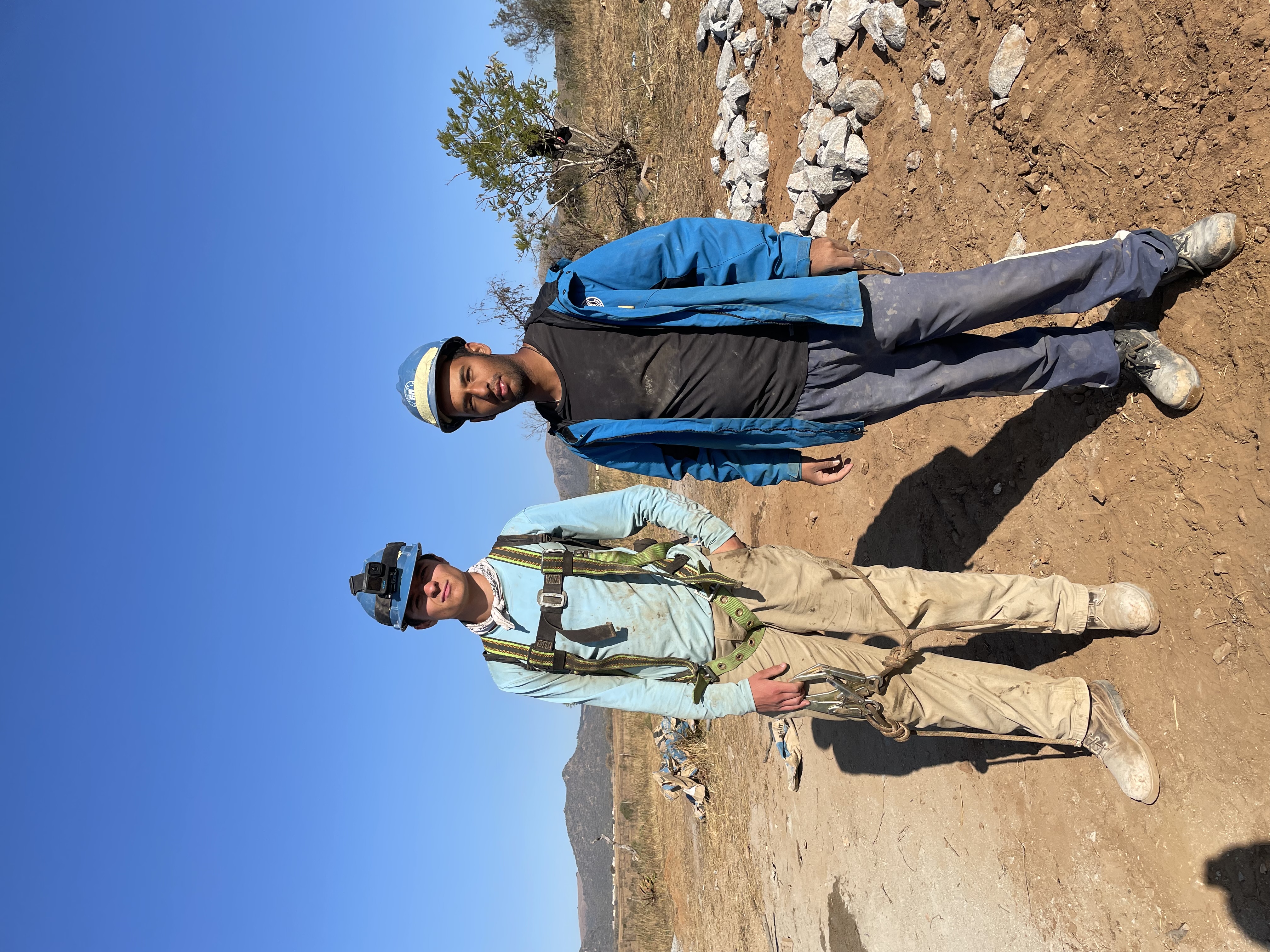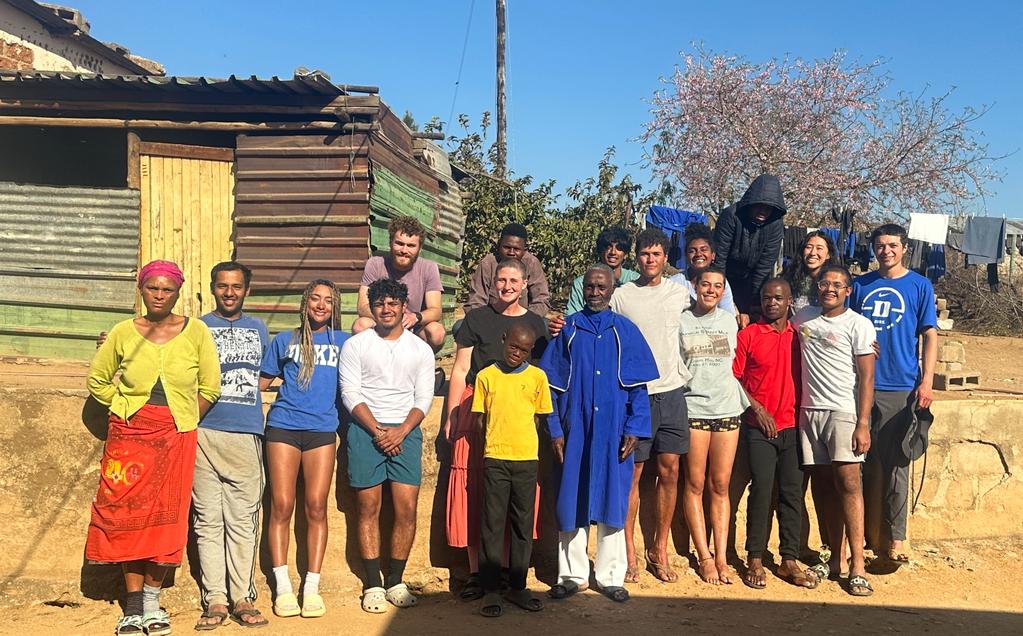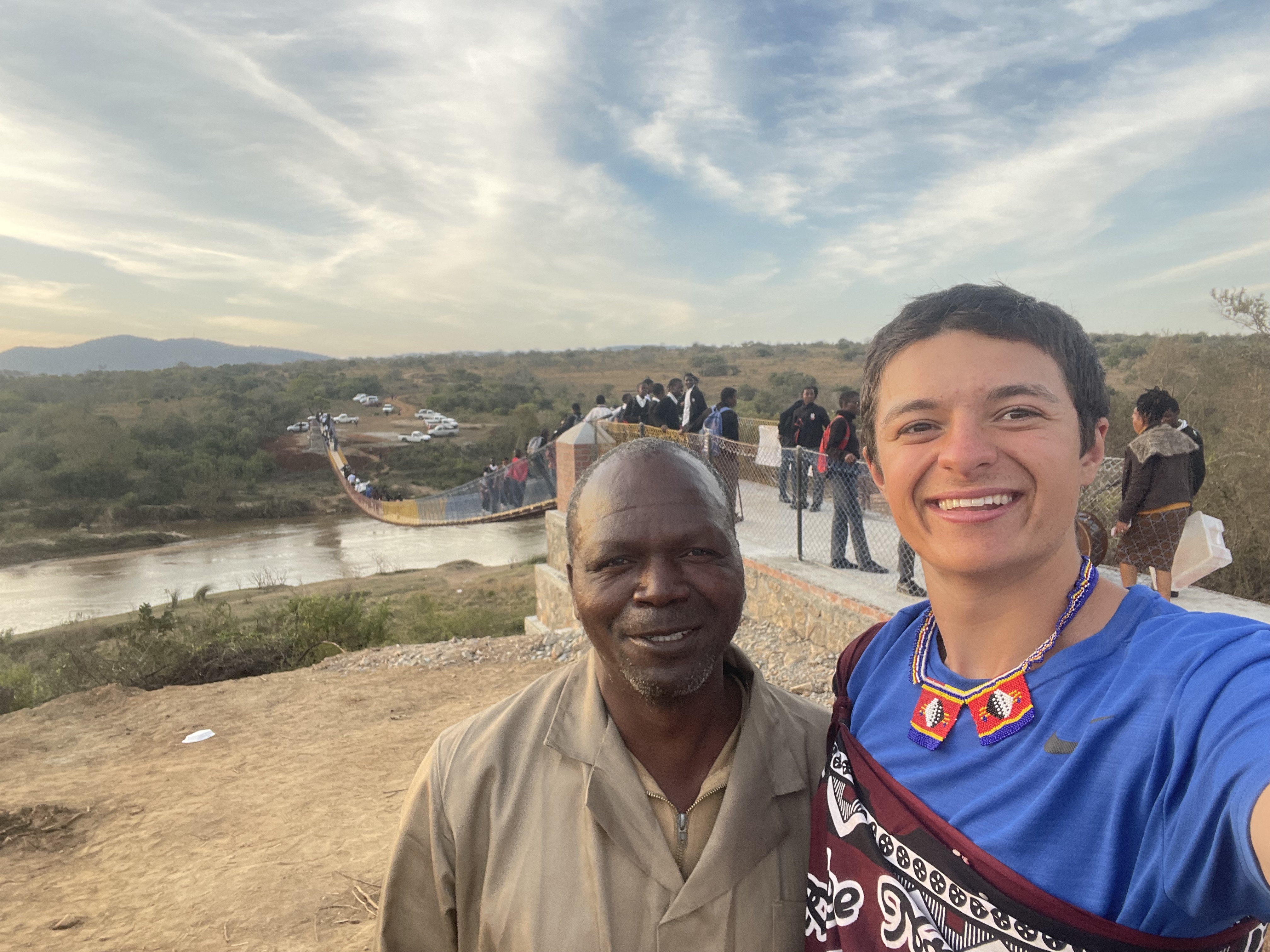Denver to South Africa to Ezelwini, Eswatini
Week 1: May 09 - May 14 (2023)
Coming out of last year's adventure to Indonesia, I was hopeful to find an experience that would push me near the breaking point in terms of mental and physical challenges. This summer, I am excited to share that I am traveling to Eswatini to build a bridge over the Ngwempisi River for the Velezizweni and Ngcoseni communities. This opportunity is in collaboration with Duke University and the non-profit Engineers in Action (EIA). I joined Duke Engineering for International Development (DEID) at the start of my sophomore year and had the opportunity to work alongside an amazing team that designed and planned this entire bridge. The bridge is based off of a tried and tested suspended bridge model so our job was to redesign the structure for our specific site, organize all logistics for the building process, and create the construction management plan among other tasks. Impressively, this bridge is going to be the longest suspended bridge in Eswatini at a span of 122.2 meters (400 ft).
I finished finals on May 6 and by May 9 I had flown home and then to South Africa. We stayed in an airport hotel for the night and gorged on crocodile and lamb, on Duke’s dime. From there we drove to Eswatini. The scenery reminded me of Texas except for the Zebras, ostriches, gazelles, etc.
Eswatini, formerly known as the Kingdom of Swaziland, is a small landlocked country largely enveloped by South Africa but also bordering Mozambique. Upon entering the country, we were delighted by the large mountains with fascinating geology defining the peaks. Tree farms and sugar cane bordered the road for large portions of the drive until entering cities. There has been a considerable investment in infrastructure as the roads were smooth, telecommunication towers precisely placed on high points of the mountains, and power lines stretched to even the most remote locations. I am surprised by the amount of English in the country. Every sign has been in English, not Siswati.
We made our way to Ezelwini where we relaxed at a hostel and ate some local food which consisted of a lot of meat and spices. The team admired the massive albino python in the hostel and then met with EIA for onboarding. 12 Duke students and one site supervisor traveled to work on this project. Each student signed up for a role: project manager (Anya), bridge design (Emily), safety (Jackie and Palo), Construction manager (Myself and Nikhil), quality control (Harsh and Keeley), cultural relations (Nimaye and Maya), and media (Diego). A few of us have been working on our specific roles since last August but a few were brand new to the idea. The students range from freshman to junior year and despite all being engineers, I knew none of them beforehand. Very rarely do we get nine weeks of manual exertion to meet so many new people. I can’t wait to get closer.
As construction manager, I will be in charge of creating our daily plan, communicating with the masons about materials and general construction ideas, acting as a liaison to the community for construction questions, and pushing/inspiring the team to work hard during the work day. I have absolutely zero experience managing a construction team. I know I will be making lots of mistakes, I am just excited to see how my engineering and manufacturing mindset correlates to efficient construction management.
As a group, we spent our time in Ezelwini hiking up Sheba's breast which had an amazing view of the valley waterfalls. A short visit to the cultural center showcased traditional Eswatini signing, dancing, clothing, and housing. The rondavel huts had a clever feature where the “door” opening was very short so people entering had to bow forcing them to respect those inside or get whacked on the head if they were an intruder.
We leave for the site on Monday! I am ready to start building!















